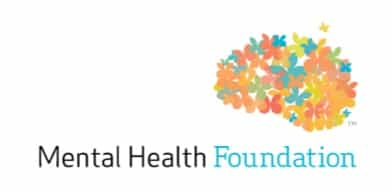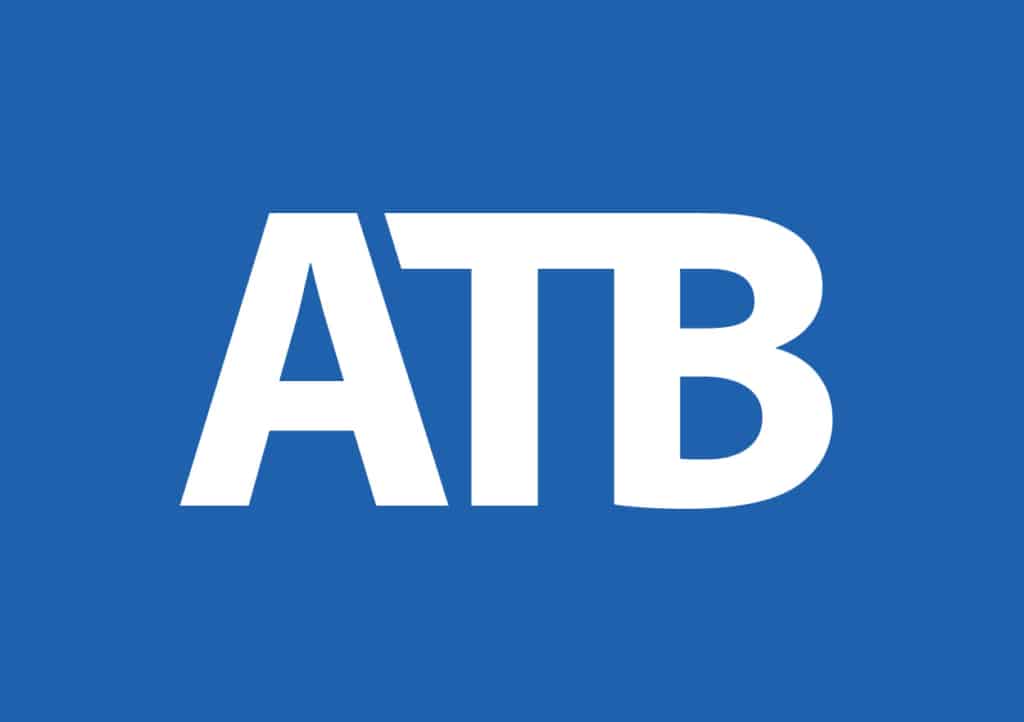Body image can be further broken down into four categories:
- Body image satisfaction refers to how satisfied you are with your body and appearance.
- Body image investment refers to the importance you place on physical appearance in determining your self-worth.
- Body image behaviour refers to appearance related behaviors such as grooming, checking, hiding parts of your appearance, and avoiding places, activities or people.
- Body image perception refers to how accurately you estimate your own body size and/or shape.
Negative Body Image Characteristics | Positive Body Image Characteristics |
|
|
Research reveals that a very high percentage of girls and women in our society are dissatisfied with their bodies (up to 80%). In comparison, about 40-60% of males are dissatisfied with their body shape. Folks with negative body image have a greater likelihood of developing an eating disorder. They are more likely to struggle with feelings of depression, isolation, low self-esteem, and more.
How Does Body Image Develop?
Our perception of body image develops in childhood and is affected by both past and current experiences. Some of the most common influences include cultural factors, experiences with other people, and physical changes.
Culture and Society
Society and media can have a big impact on body image. We are confronted by unrealistic beauty ideals on a daily basis. The fashion, makeup, skincare, and diet industries work hard to make us believe that our bodies are unacceptable and need improvement.
Experiences with Other People
Family members, friends, or significant others may pass on messages about your body through direct comments (e.g. telling you to lose weight) or through modeling (e.g. having a parent who complains about their appearance teaches their child that looks are something to worry about).
Being teased or criticized about your appearance can have a lasting effect on how you feel about your appearance. On the other hand, being complimented often on how you look can also cause one to believe appearance is the only thing people value. This can create more pressure to look a certain way.
Physical Changes
During puberty, our bodies change a lot. It can feel weird, awkward, and gross at times. This can cause an intense focus on these changes and our physical appearance in general. Maturing early or late might contribute to feelings of insecurity or self-consciousness too.
Physical changes that contribute to feelings of insecurity (like weight gain or developing acne) can have a lasting impact on your body image. Studies show that people who had acne or were targeted for being overweight, didn’t experience an improvement in their body image even when their acne was treated or they lost weight.
How Can We Improve Our Body Image?
Though this is not at all a full list of all the things we can do, here are 10 ways to start creating a healthy relationship with our body.
- Appreciate all the things your bodies can do. Your body works hard to keep you alive so you can enjoy all the things you like and see the people you love. It lets you dream, laugh, hug and kiss your loved ones, and lets you experience the world.
- Remember that everybody is different. Even if everyone ate the same things and did the same amount of exercise, we would not all look the same. This is because our genetics influence our bone structure, body size, shape, and weight. Celebrate being unique!
- Think critically about the messages you see in the media. Remember advertisements are often made to make you feel bad about yourself and have been altered by Photoshop, make-up, lighting, and filters.
- Think of the most important people in your life. Do you love them because of their clear skin? Are they important to you because of the size of their bodies? No, right? They feel the same way about you too.
- Wear clothes that are comfortable, that express your personal style and make you feel good about your body. Work with your body – not against it.
- Do something nice for yourself – something that lets your body know you appreciate it. For example, take a nap in a soft blanket or take a bubble bath. Do a face mask or a hair mask to nourish your body.
- Be assertive with others who comment on your body. Let those people know these comments about your appearance – positive or negative – are not appreciated. You have the right to say you don’t want to have your appearance evaluated.
- Challenge your own negative body talk. Look for evidence for the accuracy of your self-talk.
- Surround yourself with humans of all shapes and sizes. Diversify your social media feed and follow advocates who tackle this issue head-on.
- Listen to and support your body. It is not your enemy. Eat when you are hungry. Rest when you are tired. Move your body because it makes your body strong.
Our partner, EDSNA lists different options for support and treatment and describes options for getting help. Check them out here: Eating Disorder Support Network of Alberta (edsna.ca)
They also offer virtual workshops via Kickstand Connect, which you can learn about here. Sign-up for a free, virtual 1:1 mental health counselling or peer support session in the meantime.
Sources:



